Feb15
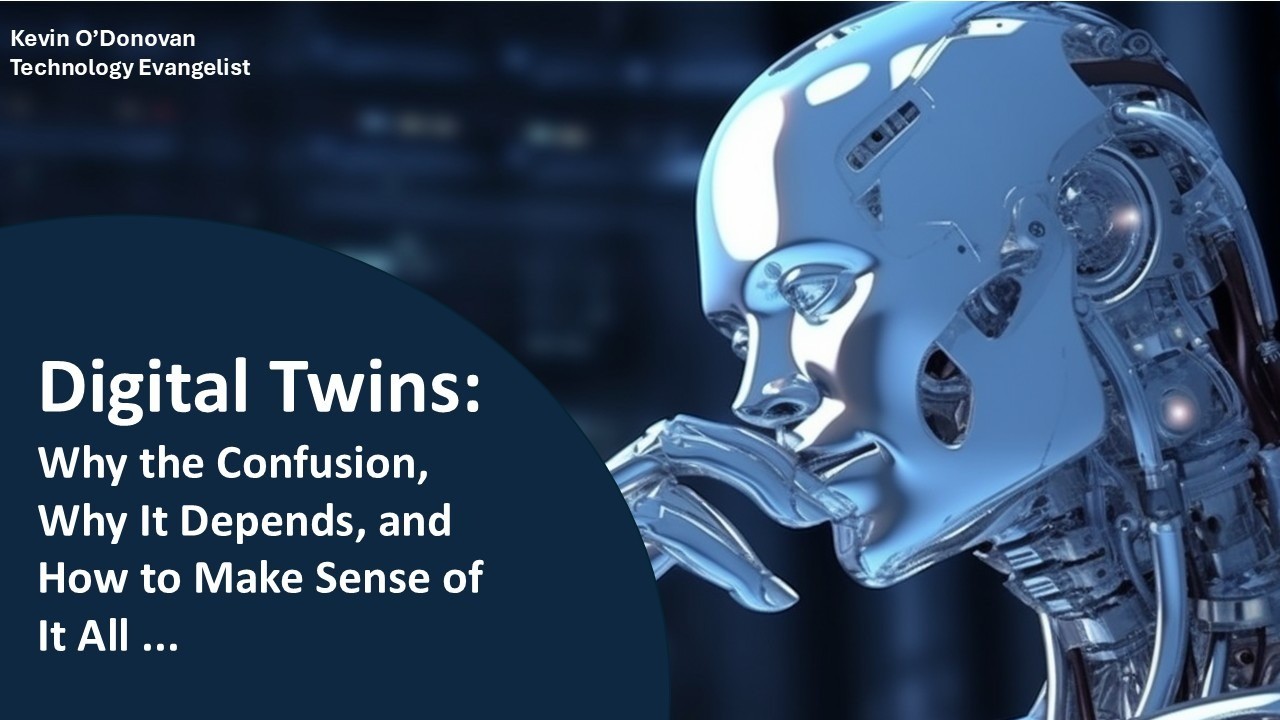
If you’ve ever dived into any sort of digital twin discussion, you’ve probably noticed a sea of buzzwords, conflicting definitions, and, let's be honest, a fair bit of vendor hype.
One person says, “It’s just a 3D model.” Another insists, “Nope, it’s AI-powered and predictive.” Yet another argues, “It’s not a real digital twin unless it’s synced in real time.” Or you hear that 'it also has to be an immersive experience'...
Now as many of ye know, I've been down the digital twin 'rabbit hole' for many years... but the fact of the matter is that a lot of folks out there today have a good dose of 'digital twin' fatigue.
So, why all the confusion? And how on earth do you make sense of it all? Well, lets start with the 3 main challenges I keep seeing folks wrestling with, namely;
Why digital twins are so hard to define
Why it all depends on the capabilities you need
How to use capability and maturity models to make smarter decisions
As I'd said for years, 'a digital twin is simply a digital representation of something'... but as that could mean 'anything', let's step back a bit...
The origin of who said 'Digital twin' first is up for debate, but NASA were one of the first to use the term in a practical sense back in the early 2000s, but now the term covers everything from simple 3D models to AI-driven simulations of entire cities.
It’s like calling both a bicycle and a space shuttle a “vehicle” – technically true, but not exactly helpful when you’re trying to make business decisions.
And depending on what industry you are in, everyone has their own 'industry' related expectations, and they are ALL different.
Energy & Utilities: Used for say grid management, power plant monitoring, and asset optimization.
Manufacturing: Might focus on factory operations and predictive maintenance.
Healthcare: Used to build patient digital twins to test treatments before going live.
Each and every industry has its own set of definitions, which leads to very different expectations about what a digital twin should do.
A CAD company might say, “A digital twin is a 3D model.”
An AI company might say, “It’s only a digital twin if it predicts future performance via AI!”
An IoT provider might claim, “No, it’s only a twin if it streams real-time sensor data."
A Simulation company may say, "It has to have physics based simulation capabilities."
A XR company may say, 'It has to be an immersive experience."
Some may say, "it has to be photo-realistic to train the robot AI."
The list goes on, and on, and on ...
And lets not forget the impact a companies marketing strategy can play in. I'm sure many of us have been involved in various Marketing / GTM strategies where the focus was '... we need to have our own unique term that makes us stand out...'. Thus we have so many companies out there today with their 'unique' digital twin related terms ...
So instead of getting caught up in whether something qualifies as a digital twin or not, focus on what your twin needs to do. Start by thinking in levels of capability.
For example, a Descriptive Twin might be as simple as a 3D model—something like a 3D CAD model or a reality capture derived 3D model via lidar. It’s static, but it can still provide useful information.
Then, you have an Informative Twin, which takes it up a notch by integrating real-time sensor data, like a digital twin of a factory with live performance metrics. This gives you more context to understand what’s happening in the here and now.
Next up is a Predictive Twin—this is where AI starts to play a role, forecasting future outcomes, Think of a power grid twin predicting outages before they happen, giving you the chance to prevent issues before they escalate.
If you’re looking for more advanced capabilities, you’ll need a Prescriptive Twin. These models go beyond predictions by simulating different 'what if' scenarios to optimize operations. For instance, a self-adjusting industrial system could automatically tweak settings to maximize efficiency on the factory floor.
And at the highest level, we could have an Autonomous Twin—a self-learning system that adapts with minimal human intervention. A great example is a city traffic twin that continuously optimizes traffic flow in real time, learning and adjusting as conditions change.
The real challenge is that people often mix up these different levels without realizing it, so things can get very confusing, fast.
But the conversation doesn’t stop there. The next piece of the puzzle is the maturity model—this is where you evaluate not just the capabilities, but also how ready the technology is to scale, and how it aligns with your organization's needs and market trends.
In simple terms, a maturity model helps you assess where you are on the curve of adoption and how far you still need to go to fully leverage the digital twin’s capabilities. You’ll also want to think about how the technology fits with your organization’s existing infrastructure. Does it integrate seamlessly with your current systems, or will it require significant changes?
A key part of the maturity model is also assessing technology readiness—is the digital twin technology mature enough to meet your needs today, or are you betting on something that’s still in the development phase? And don't forget market acceptance—how widely accepted is this technology across your industry? If it’s something cutting-edge with limited market adoption, you might face hurdles in terms of both integration and scalability.
Then there’s the elephant in the room: cybersecurity and compliance. As with any new or advanced technology, there are risks, especially when sensitive data is being handled. The more complex and interconnected your digital twin becomes, the more critical it is to ensure compliance with industry regulations and standards—whether it's data privacy laws, cybersecurity protocols, or other compliance.
Cost is also a big factor to consider. How much is all of this going to cost, both in terms of initial investment and ongoing maintenance? Digital twins, especially at higher levels of capability, can get pricey, and it’s important to weigh those costs against the value they deliver. Factor in expenses like software development, integration with existing systems, training, and ongoing updates.
Another consideration is deployment—should the digital twin live on-premise, in a private cloud, or in a SaaS environment? Each option has its pros and cons. On-premises deployment offers more control but can be more costly and resource-intensive to manage. Cloud-based solutions, on the other hand, offer flexibility and scalability, but they come with questions around data security and compliance.
Finally, integration with existing systems is crucial. A digital twin that doesn't work well with your current infrastructure is like a square peg in a round hole. A successful digital twin solution should not only integrate with your existing data and operations but should be able to scale over time as your needs evolve. That’s where some sort of a maturity model helps you gauge how well the technology can adapt to your business as it grows.
So instead of focusing on "what a digital twin is or is not", ask yourself: What capabilities does it need? and How mature is the technology in terms of readiness, scalability, and alignment with your companies goals?
Forget the hype—focus on what you actually need. Digital twins range from basic models to AI-powered systems—define your use case first.
Think in capabilities, not labels. Descriptive, predictive, and autonomous twins each have different uses. What do you need yours to do?
Use maturity & capability models to guide decisions. These frameworks help benchmark progress and prevent zombie projects on unnecessary tech.
Avoid vendor confusion by asking the right questions. Instead of asking, “Is this a digital twin?” ask questions related to the capabilities you need “Does this twin have real-time updates? AI? Predictive capabilities?”
Now, you might be thinking, “Ah Kev, you are over simplifying all this” ... Fair point—but the reality is, if we want to move away from the “my digital twin is better than your digital twin” debates, we’ve got to level-set on the capabilities we’re actually talking about when it comes to digital twins. It's about aligning expectations with reality.
And here’s the kicker—be honest with yourself about what you actually want, and just as importantly, where you are today. I’ve worked on a few projects where management had their hearts set on a Predictive Twin, but when I asked about their progress on integrating IoT data into their existing workflows, the response was, “Not great…” If the foundations are not there, it's hard to built something new on top.
A digital twin is just a tool. And like any toolbox, there are different tools, each with its own level of intelligence, interactivity, and automation. The trick is in choosing the right one for the job at hand.
Also, if anyone is looking for some hands-on guidance, feel free to reach out for a workshop or advisory engagement. I’d be happy to help ye 'bridge the gap' between all the hype and what ye are actually looking to achieve.
All comments & feedback welcome,
Kev.
Keywords: Emerging Technology, Digital Twins, Metaverse
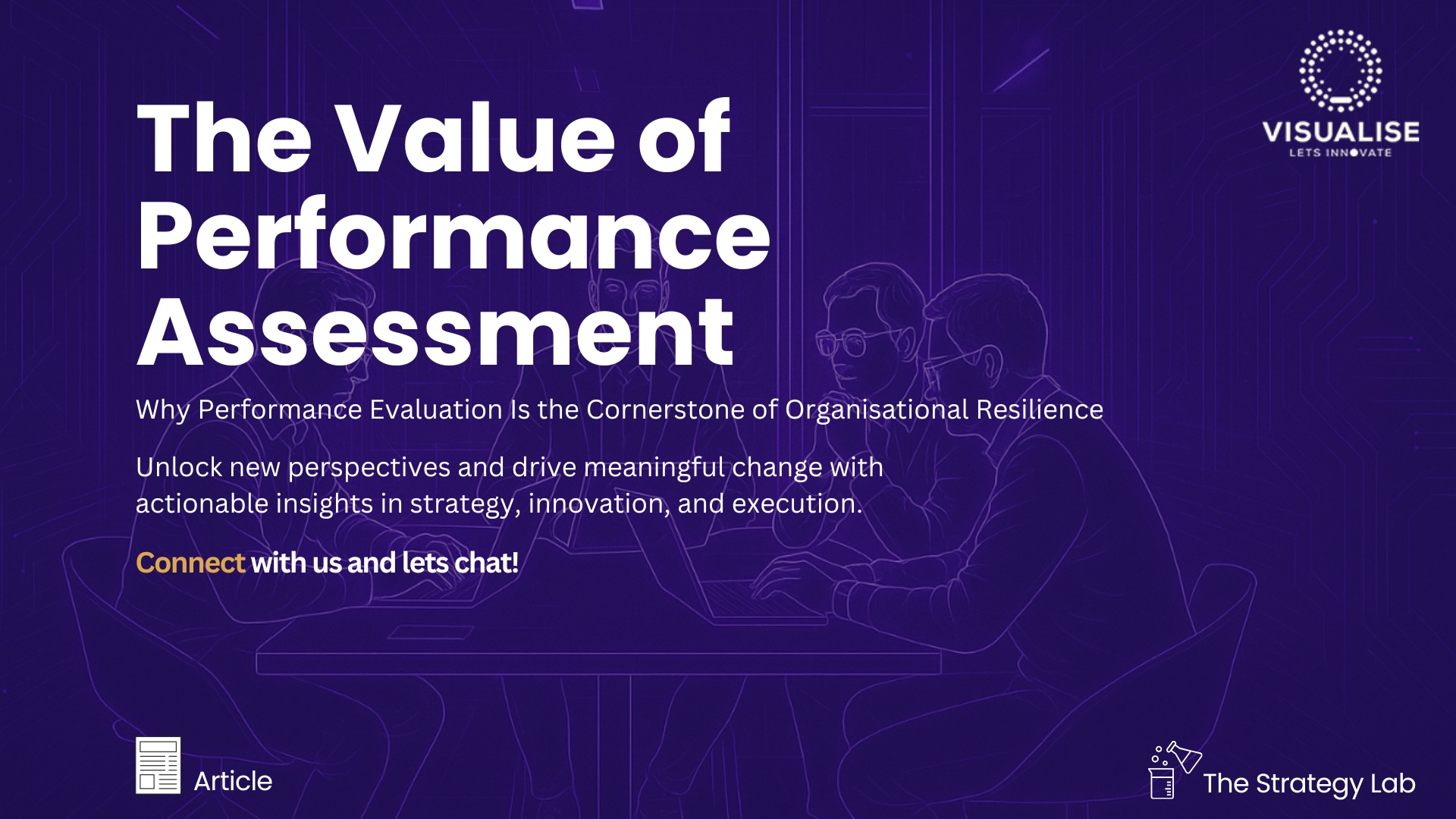 The Value of Performance Assessment
The Value of Performance Assessment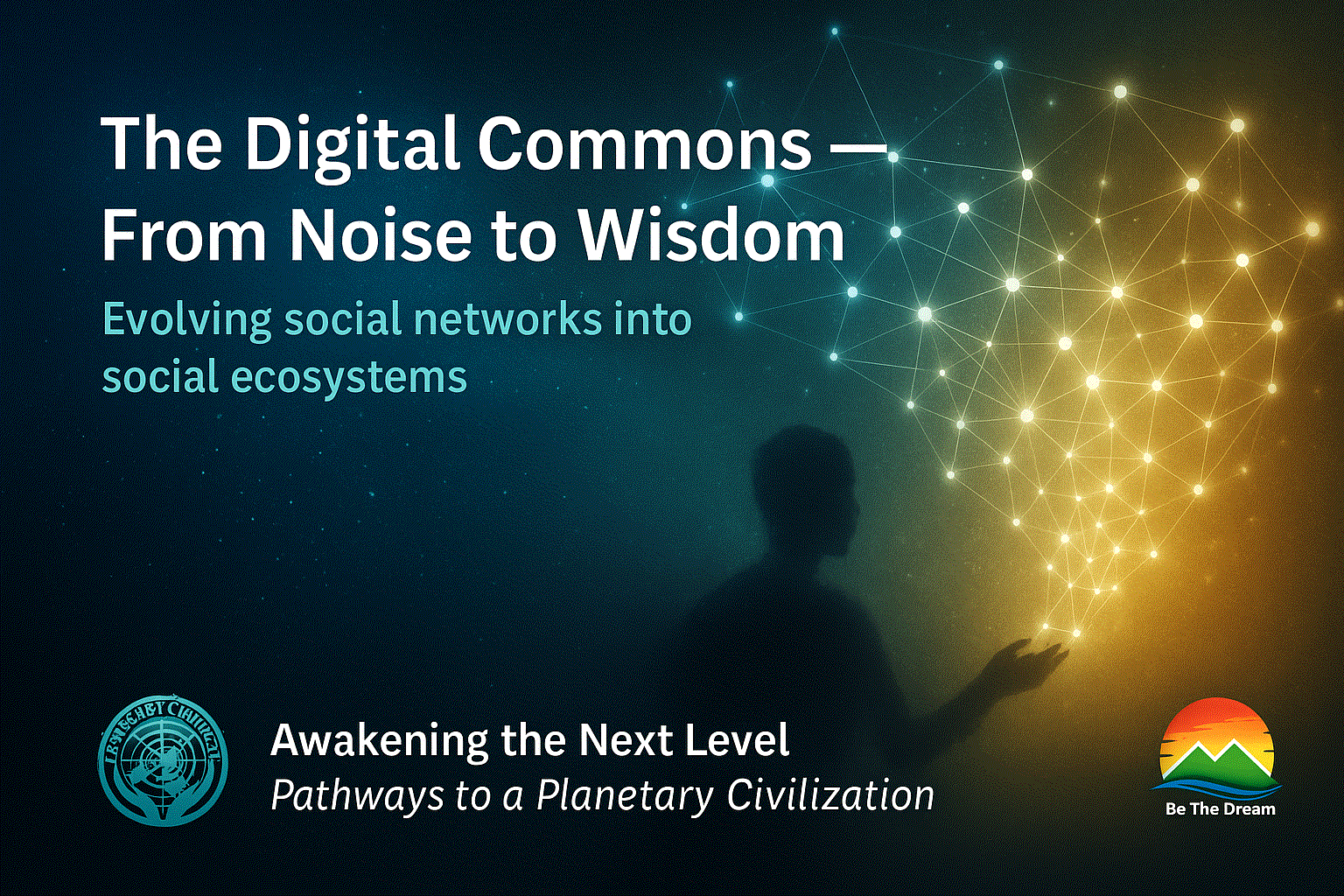 The Digital Commons — From Noise to Wisdom
The Digital Commons — From Noise to Wisdom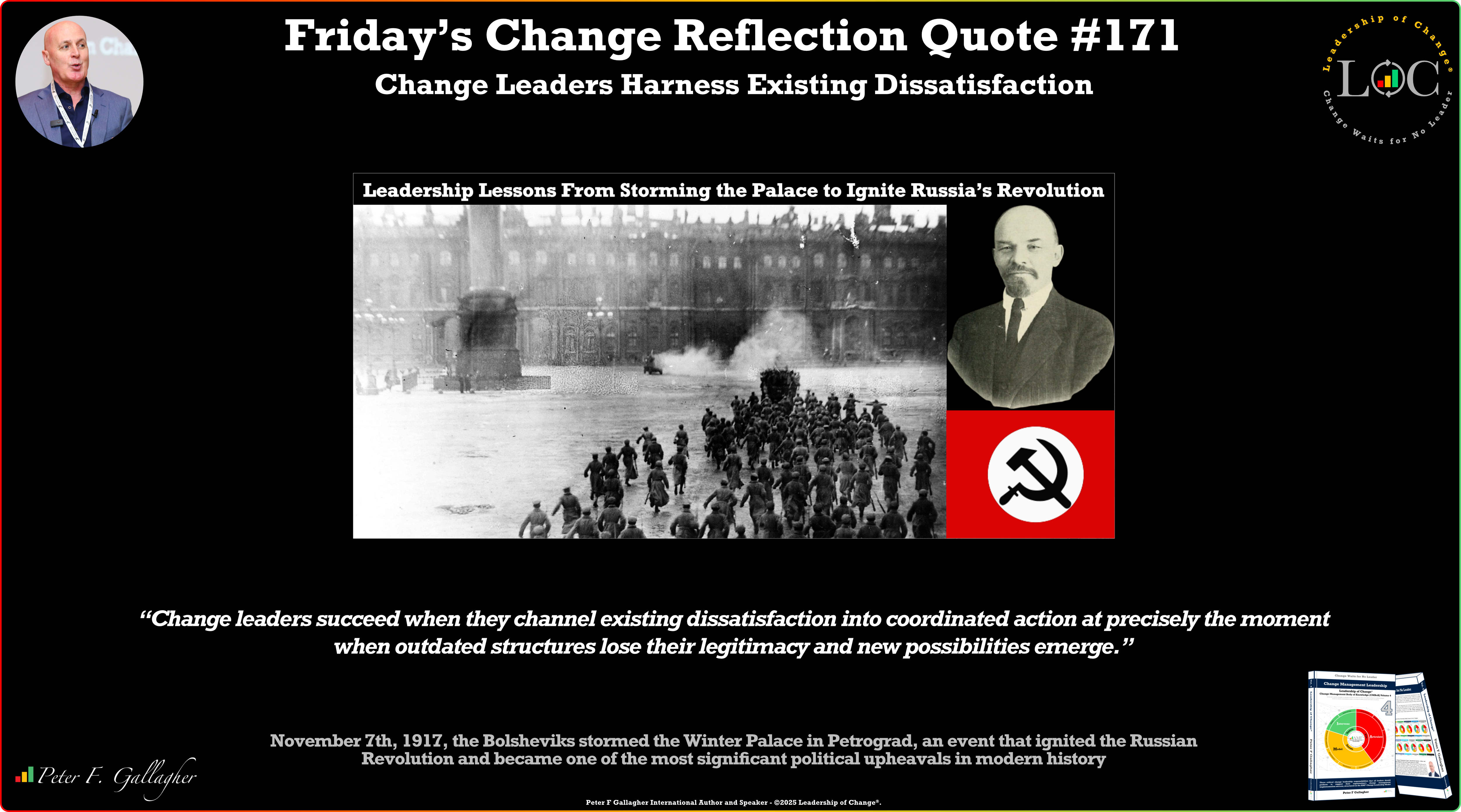 Friday’s Change Reflection Quote - Leadership of Change - Change Leaders Harness Existing Dissatisfaction
Friday’s Change Reflection Quote - Leadership of Change - Change Leaders Harness Existing Dissatisfaction The Corix Partners Friday Reading List - November 7, 2025
The Corix Partners Friday Reading List - November 7, 2025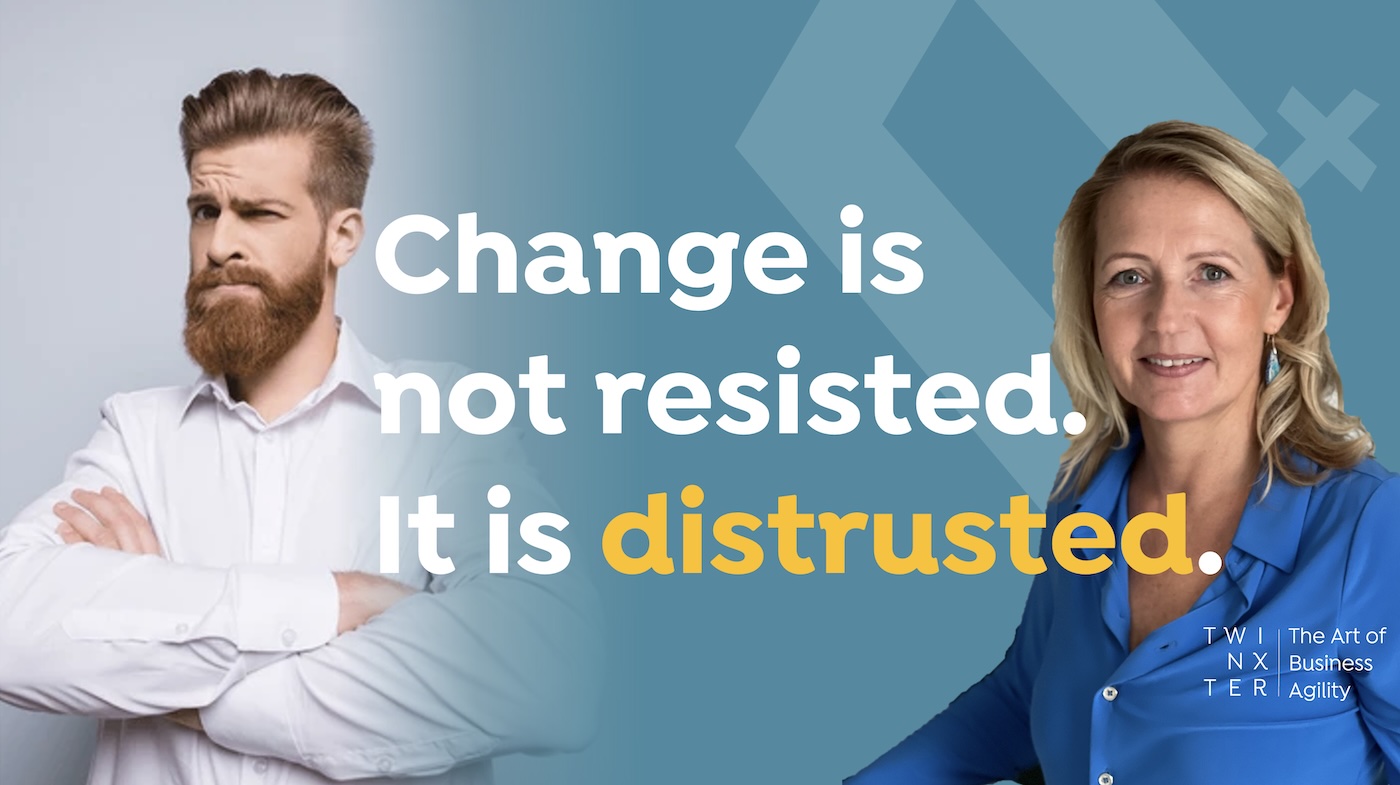 The Trust Deficit in Change Programmes
The Trust Deficit in Change Programmes